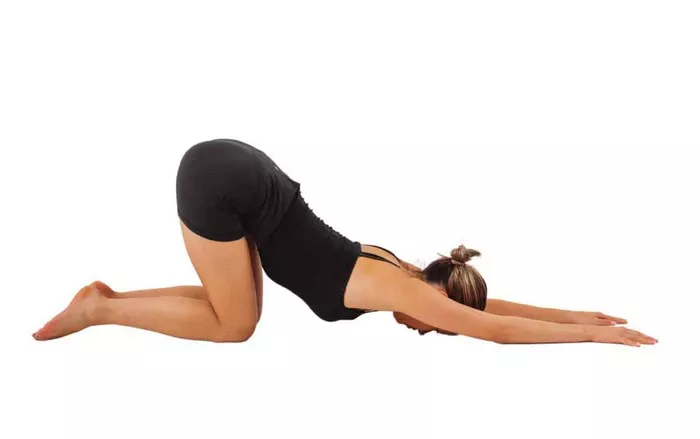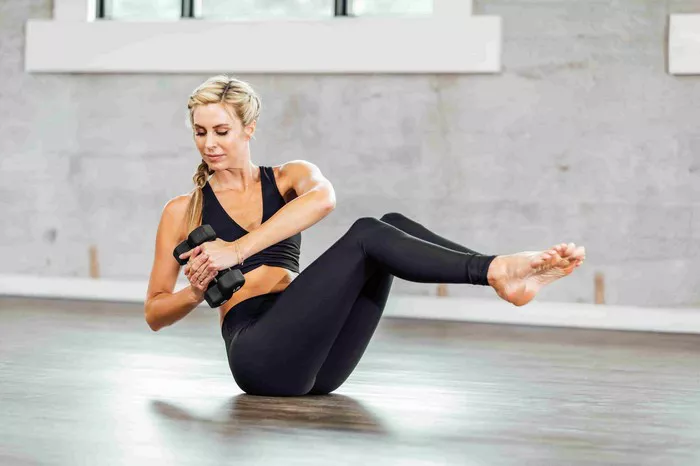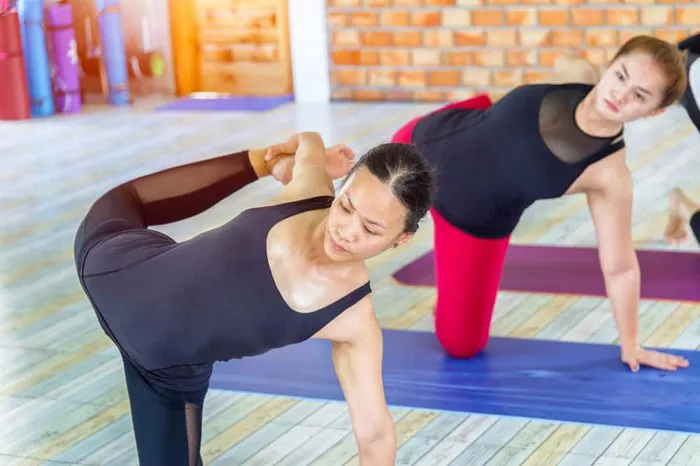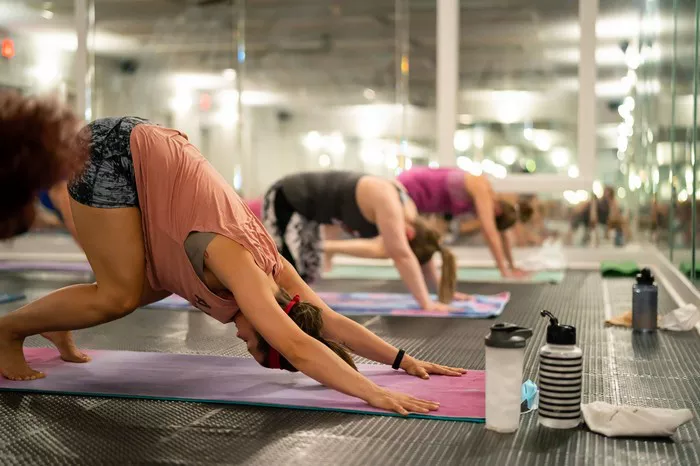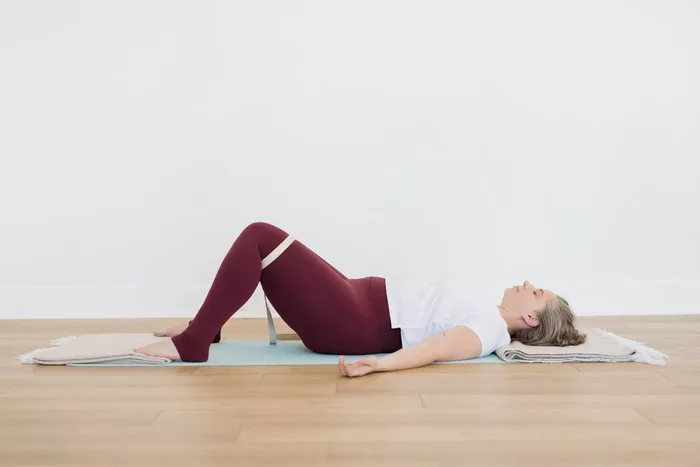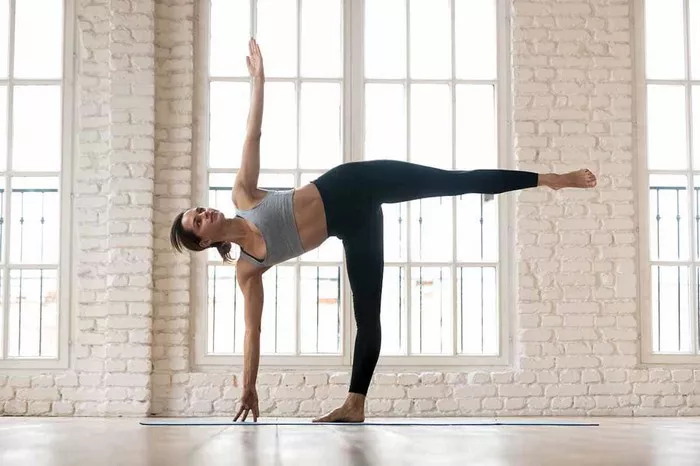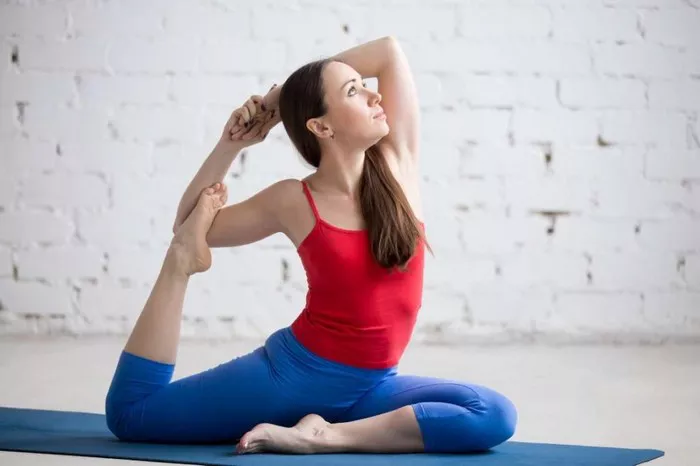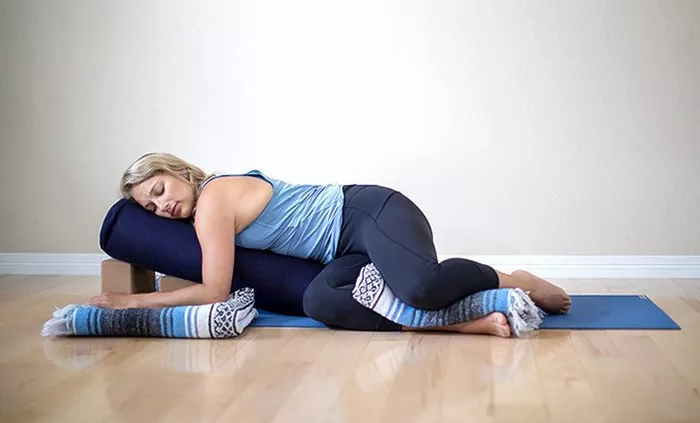A yoga mat is an essential part of any yogi’s practice, offering comfort, support, and stability during a variety of poses and movements. Over time, however, your mat can wear out, losing its ability to provide the proper support and grip you need. Knowing when your yoga mat is worn out is important for your safety, comfort, and overall practice. In this article, we will explore how to recognize the signs that your yoga mat has seen better days and how to make the most out of its lifespan.
The Importance of a Good Yoga Mat
Before diving into how to identify when your yoga mat is worn out, it’s crucial to understand why a good mat is so important. A quality yoga mat can enhance your practice in several ways:
Support: It cushions your body, protecting your joints and offering comfort during floor exercises or weight-bearing poses.
Stability: It helps you maintain a firm foundation during balance poses and prevents slipping, which can be dangerous.
Hygiene: It provides a clean surface to practice on, as it can be wiped down after each session to prevent dirt and bacteria buildup.
Motivation: A well-maintained mat can be a source of pride and motivation, reminding you of your commitment to your practice.
Now, let’s look at how to determine whether your mat has reached the end of its useful life.
Signs Your Yoga Mat Is Worn Out
1. Loss of Grip or Slipping
One of the most obvious signs that your yoga mat is worn out is a loss of grip. Yoga mats are designed to provide traction and prevent you from slipping, particularly during sweaty practices like hot yoga. If you notice that your hands or feet start to slide around during poses, your mat may be losing its effectiveness.
Grip can diminish over time due to the wear of the material, but it can also happen because of excessive cleaning or use in humid environments. When a mat is new, it usually has a textured surface that provides excellent grip. However, with consistent use, the texture may smooth out, leading to a lack of traction.
If you have to constantly adjust your feet or hands to maintain stability, it’s a clear indication that your mat might need to be replaced.
2. Visible Cracks or Tears
Another telltale sign that your yoga mat is worn out is the presence of visible cracks, tears, or holes. These can occur in the material over time due to frequent folding, rolling, or high-pressure movements, especially in poses that put weight on certain parts of the mat.
Cracks and tears not only compromise the integrity of the mat but can also cause discomfort during practice. For example, a tear in the surface could create a bump or uneven area that may cause discomfort during certain poses. These imperfections also make your mat more susceptible to further damage and wear.
3. Thin and Worn-Out Areas
As you continue to practice yoga on the same mat, certain areas will inevitably experience more wear than others. Commonly, areas such as the knees, elbows, and palms can become thinner due to repeated pressure and use. If the material starts to feel noticeably thinner in these areas, it’s a sign that your mat is nearing the end of its lifespan.
A mat that has become too thin may not provide the necessary cushioning or support for your joints, which could lead to discomfort or even injury. It’s important to replace your mat before it becomes too thin to provide adequate protection.
4. Odor That Won’t Go Away
Yoga mats can develop unpleasant odors over time, especially if they are used frequently and exposed to sweat. While some odor is natural, particularly after a sweaty practice, a persistent and foul smell can indicate that your mat is becoming saturated with bacteria, mold, or mildew.
If regular cleaning doesn’t seem to resolve the odor, it may be a sign that the material has become too porous or damaged to maintain proper hygiene. In this case, it’s best to replace the mat to avoid any health concerns related to bacteria or mold.
5. Uneven Surface
A high-quality yoga mat has a consistent surface that helps ensure proper grip and comfort throughout your practice. Over time, however, mats can become misshapen or develop uneven spots due to regular use and the pressure of specific poses. These areas may cause discomfort or make it harder to maintain proper alignment in your practice.
An uneven surface may not be immediately noticeable, but you’ll feel the difference when you try to hold poses or do certain movements. If your mat begins to have noticeable bumps or valleys, it’s likely time for a replacement.
6. Fading or Discoloration
The aesthetics of your yoga mat are not only about appearance; discoloration can also be a sign of material breakdown. Fading colors can indicate that the mat’s protective coating has worn off. While this might not always affect performance, it’s a visual cue that your mat is becoming less durable.
Additionally, the fading of colors can signal the mat’s loss of structural integrity, meaning it may soon be more prone to tearing, stretching, or other forms of damage.
7. Stretching or Warping
A high-quality yoga mat should maintain its shape and structure over time, even with regular use. However, older mats, particularly those made of lower-quality materials, may start to stretch or warp. This can be particularly noticeable in mats that are frequently folded or rolled up.
If your mat starts to stretch out, it may no longer lie flat on the floor, which can be both distracting and dangerous during your practice. Warped mats may cause an uneven surface, making it harder to stabilize yourself in poses and potentially causing discomfort or injury.
8. Increased Discomfort During Practice
One of the most noticeable signs that your yoga mat is worn out is an overall decrease in comfort during practice. If you begin to feel discomfort in your joints, knees, or wrists during poses that used to feel comfortable, it’s a strong indication that your mat is no longer providing adequate cushioning and support.
A mat that was once firm and supportive may become too soft or too thin to protect your body from the hard floor beneath. This lack of cushioning can also increase the risk of injury over time, especially if you engage in more advanced yoga practices.
How Long Do Yoga Mats Last?
The lifespan of a yoga mat varies depending on several factors, including the type of material, frequency of use, and care. On average, a high-quality yoga mat can last anywhere from 1 to 3 years with regular use. However, some mats, especially those made from natural materials like cork or rubber, may last longer if properly maintained.
To extend the lifespan of your yoga mat, here are a few tips:
Clean Regularly: Wash your mat regularly to remove sweat, dirt, and bacteria. However, avoid harsh chemicals or cleaning solutions that can break down the material.
Store Properly: Always roll up your mat after practice and store it in a cool, dry place. Avoid leaving it in direct sunlight or in humid environments, as this can cause the material to degrade more quickly.
Use a Mat Protector: A mat towel or yoga mat protector can help absorb sweat and prevent buildup on the surface, keeping your mat clean and in good condition.
Avoid Excessive Folding: Try to avoid folding or creasing your mat, as this can cause it to wear out more quickly and lead to cracks or tears.
When to Replace Your Yoga Mat
Knowing when to replace your yoga mat depends on how frequently you use it, the quality of the material, and how well it’s been maintained. However, if you notice any of the signs mentioned above, it’s time to consider getting a new one.
Replacing your yoga mat is essential not only for comfort but also for your safety. Practicing on a worn-out mat can lead to injury, discomfort, and a less enjoyable experience overall. When you decide it’s time to replace your mat, take into account the type of practice you do, your budget, and your personal preferences to find the best mat for your needs.
Conclusion
Your yoga mat is an important investment in your practice, and maintaining it will ensure that you get the most out of your sessions. By paying attention to signs of wear such as slipping, tears, thinning, or persistent odors, you can determine when it’s time to replace your mat. Keep in mind that even the best mats eventually wear out, and knowing when to retire your old mat will help you continue practicing with safety and comfort. Whether you’re a seasoned yogi or just beginning your journey, a quality mat will support you every step of the way, helping you find balance, strength, and peace on and off the mat.
Related Topics:

